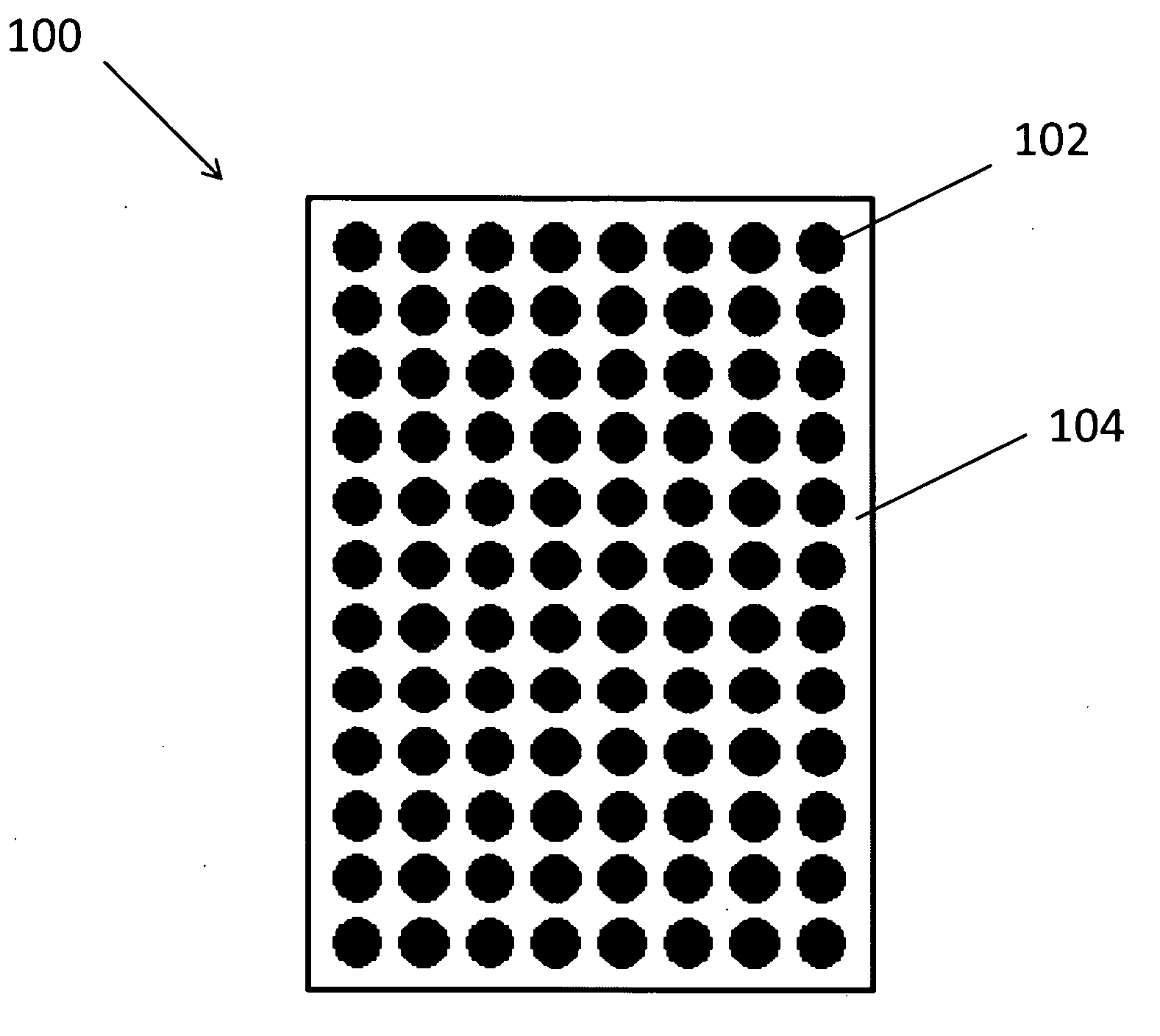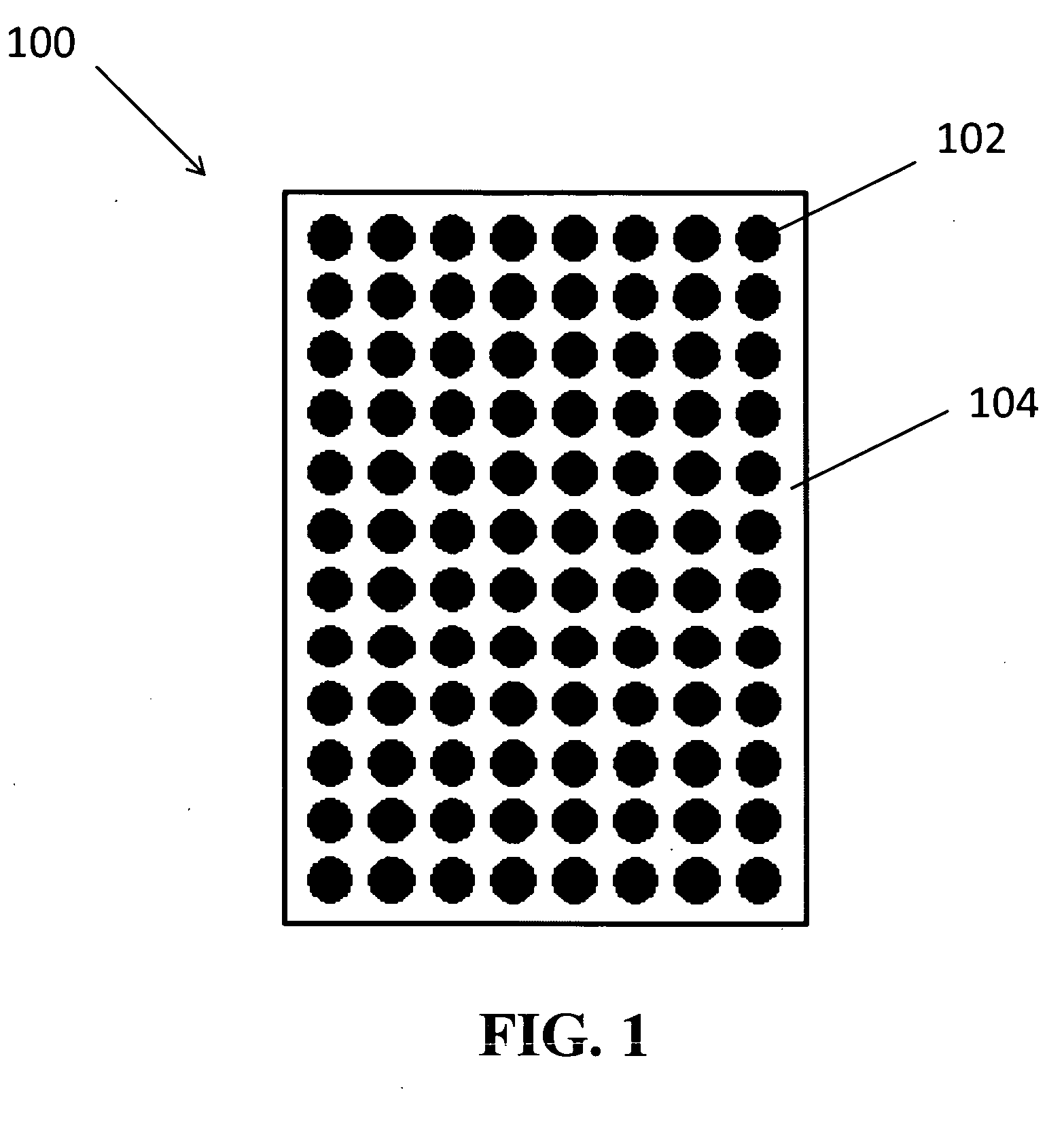Identification of discriminant proteins through antibody profiling, methods and apparatus for identifying an individual
a technology of discriminant proteins and antibody profiling, applied in the field of discriminant protein identification through antibody profiling, methods and apparatus for identifying an individual, can solve the problems of blood typing tests, other blood group antigens or isozymes present in body fluids suffer from the same disadvantages, and the method is limited
- Summary
- Abstract
- Description
- Claims
- Application Information
AI Technical Summary
Benefits of technology
Problems solved by technology
Method used
Image
Examples
example
Serum samples from ninety-four (94) individuals were profiled against a high throughput protein array with over 8000 proteins and the data from these chips was statistically analyzed to determine proteins useful for discriminating among sets of individuals in a population. The ninety-four (94) individuals included nineteen (19) Asian individuals, twenty (20) African American individuals, twenty (20) Native American individuals, and thirty-five (35) Caucasian individuals. For quality assurance (QA), the arrays contained the immobilized proteins in pairs on a support. Thus, each array provided two opportunities for antigen / antibody binding for each protein.
The serum samples were diluted 1:150 and used to probe human ProtoArray™. The arrays were blocked for 1 hour and then incubated with the serum samples for 90 minutes at about 4° C. without shaking. The arrays were then transferred to ice and washed about three times by adding about 20 ml buffer (1×PBS, 5 mM MgCl2, 0.5 mM DTT, 0.05% ...
PUM
 Login to View More
Login to View More Abstract
Description
Claims
Application Information
 Login to View More
Login to View More - R&D
- Intellectual Property
- Life Sciences
- Materials
- Tech Scout
- Unparalleled Data Quality
- Higher Quality Content
- 60% Fewer Hallucinations
Browse by: Latest US Patents, China's latest patents, Technical Efficacy Thesaurus, Application Domain, Technology Topic, Popular Technical Reports.
© 2025 PatSnap. All rights reserved.Legal|Privacy policy|Modern Slavery Act Transparency Statement|Sitemap|About US| Contact US: help@patsnap.com


